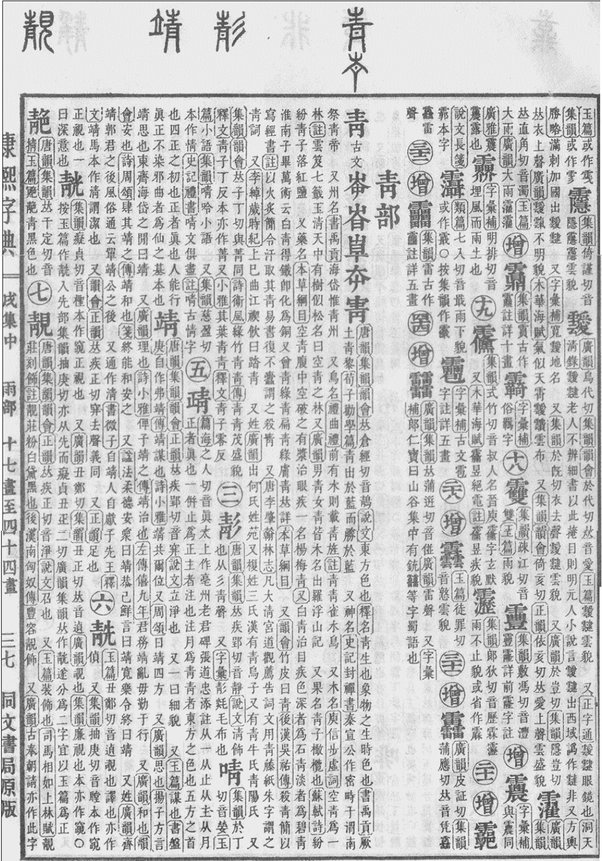You are off by one stroke – the actual number is 52. And it’s peng, not ping. 🙂
No, I am not being cheeky. This is the character you are looking for:

And just in case you still think I making all this up, here is a screenshot of the character entry in the《康熙字典》Kangxi Zidian:

Zooming in:

Here it is in the《集韵》 Jiyun:

And again in the《类编》Leibian:
![]()
And again in the《字汇补》Zihuibu:
![]()
䨻. Four (4) 雷 in a 2×2 grid. The《广韵》Guangyun gives the definition as 雷声, i.e “the sound of thunder” (not “thunderstorm”).
But as some of the respondents have alluded to, this is an example of many monstrosities in the Kangxi 40,000+ Chinese character canon of absolutely no practical use. I mean, it’s about as useless as another similar one with four (4) dragons 龙 compounded in the same 2×2 grid:

zhé. 「多言也」 (“to be verbose”). No shit, Sherlock. 64 bloody strokes, composed only of the first 16 repeated 3 times. To write 多言 requires only 13 strokes. And why stop at a 2×2 grid? Why not make it 4×4, and call it “super verbose”?
I mean, don’t get me wrong. These are fabulous historical literary artifacts. But insofar as emphasising the literary aspect of it is concerned, even on the upper limits of excellence in literary and etymological knowledge, I doubt anyone could, and would, go beyond about 12,000 characters (which is the number of head characters in the《词源》Ciyuan dictionary).
Edit: Looks like Elpie Kay beat me to it. Though, he/she quoted the character with three (3) 雷’s instead of four (4).